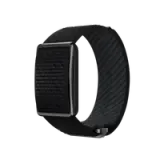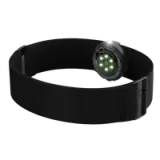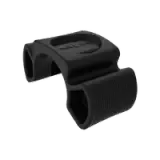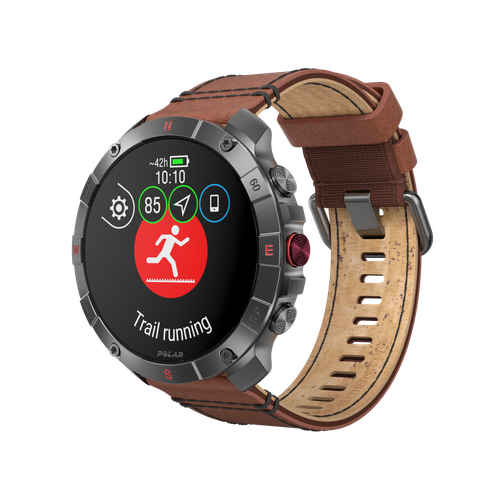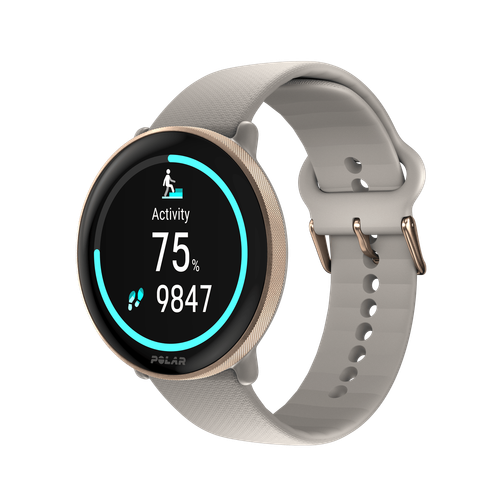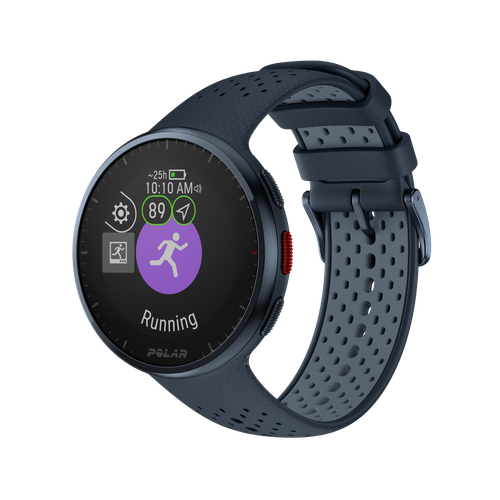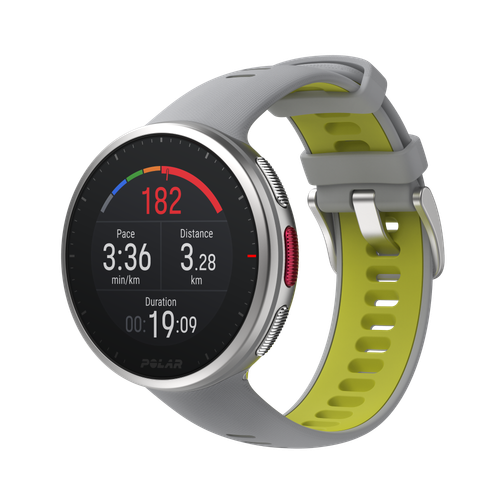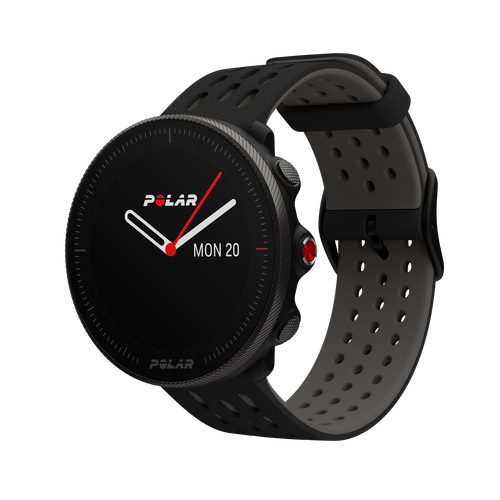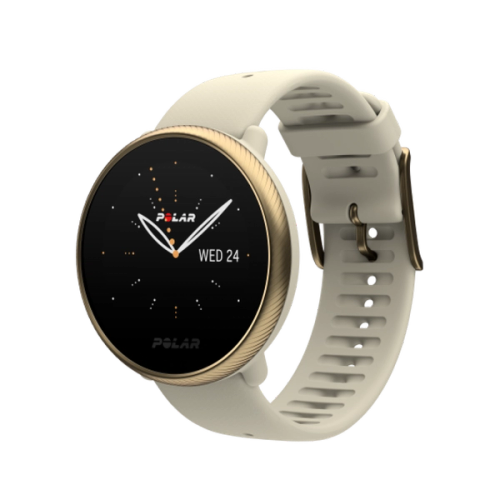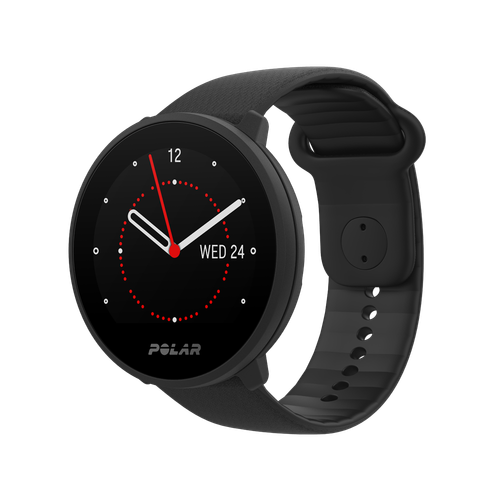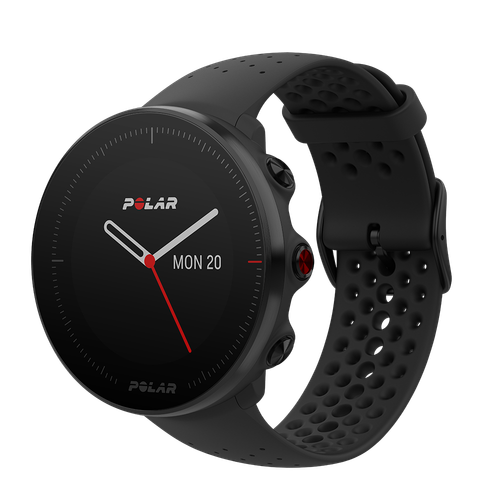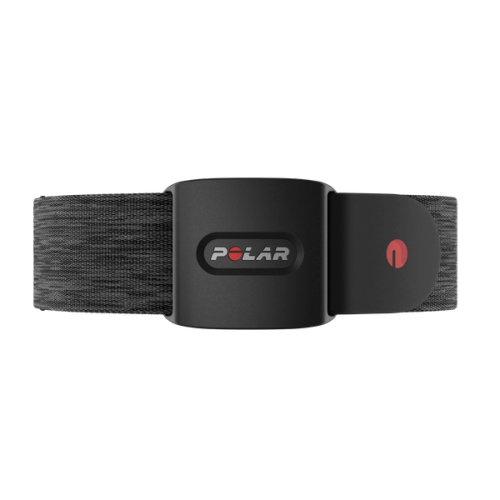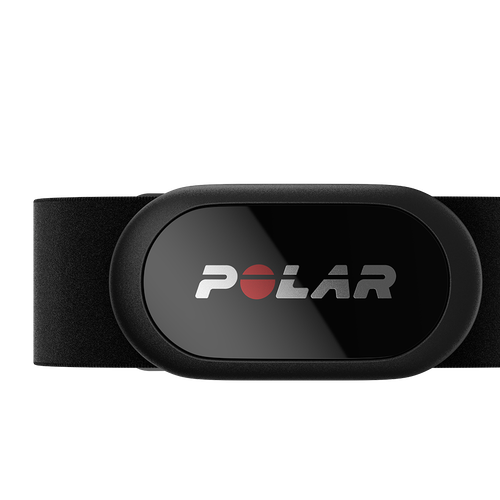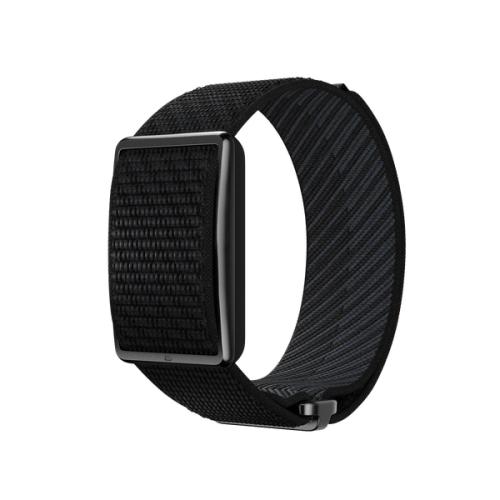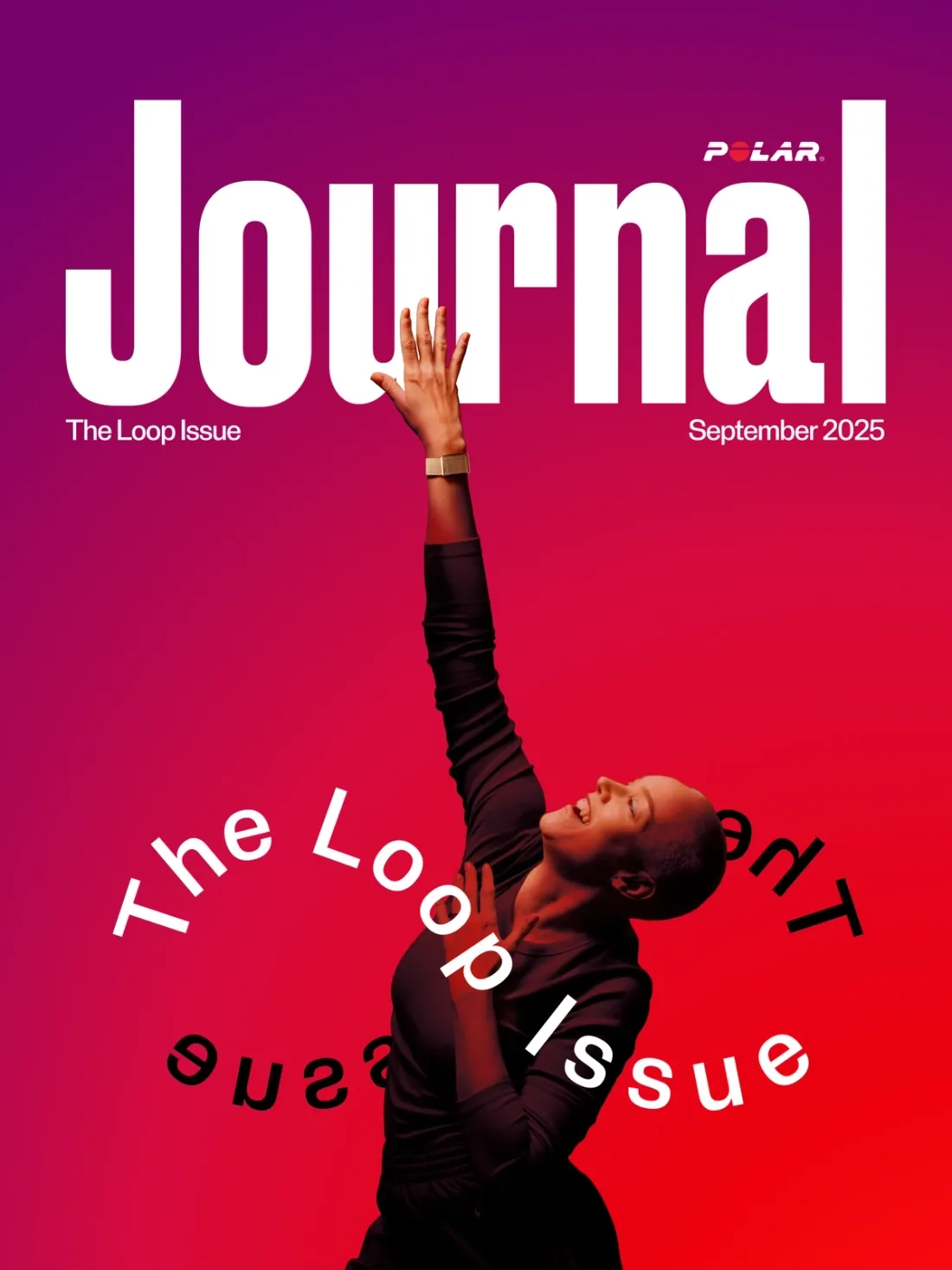VO2max, short for maximal oxygen uptake, is a number that unlocks a wealth of information about your cardiorespiratory fitness. It captures, in a single metric, how efficiently your body utilizes oxygen during exercise – a complex interplay between your heart, lungs, circulatory system, and muscles working independently and in unison. Higher VO2max scores generally indicate better fitness; think of it as the engine capacity of your body, where a larger capacity translates to greater endurance and performance potential.
Top endurance athletes dedicate years of rigorous training specifically to improve their VO2max. This relentless pursuit is driven by the fact that VO2max is not just a measure of athletic prowess but perhaps the single best predictor of long-term health and longevity. It's considered the gold standard for assessing cardio-respiratory endurance, the very foundation for activities like running, cycling, and swimming. Interestingly, 2023 marked the 100th anniversary of the landmark paper by A. V. Hill and Hartley Lupton that first described VO2max, laying the groundwork for a century of scientific exploration into this vital aspect of human physiology.
If you're a woman, it's important to know how and why your VO2max score may look different from men's. There are nuances specific to female physiology that can influence how you interpret your results and shape your training approach. This blog delves deeper into these intricacies, helping you unlock the insights hidden within your VO2 max score and use them to optimize your fitness journey.
Why VO2max varies for women
VO2max is a personal metric that should be interpreted within the context of your individual physiology. Recognizing these inherent differences is crucial for accurately assessing your results. A key example is how men generally exhibit higher VO2max values than women, typically around 20% higher. This means if two people have the same result but are different genders, it indicates a higher and, therefore, better VO2max result for the woman in comparison to other women.
A significant factor in this variation of physical performance between men and women is body composition. Naturally, men tend to have more muscle mass and less essential body fat compared to women. The more inactive fat tissue you have, the harder the heart has to work to supply oxygen to both this tissue and your active muscles. Additionally, women often have lower hemoglobin levels, reducing the oxygen-carrying capacity of their blood. Coupled with smaller hearts and lower cardiac output, these factors contribute to the overall difference in VO2max between genders.
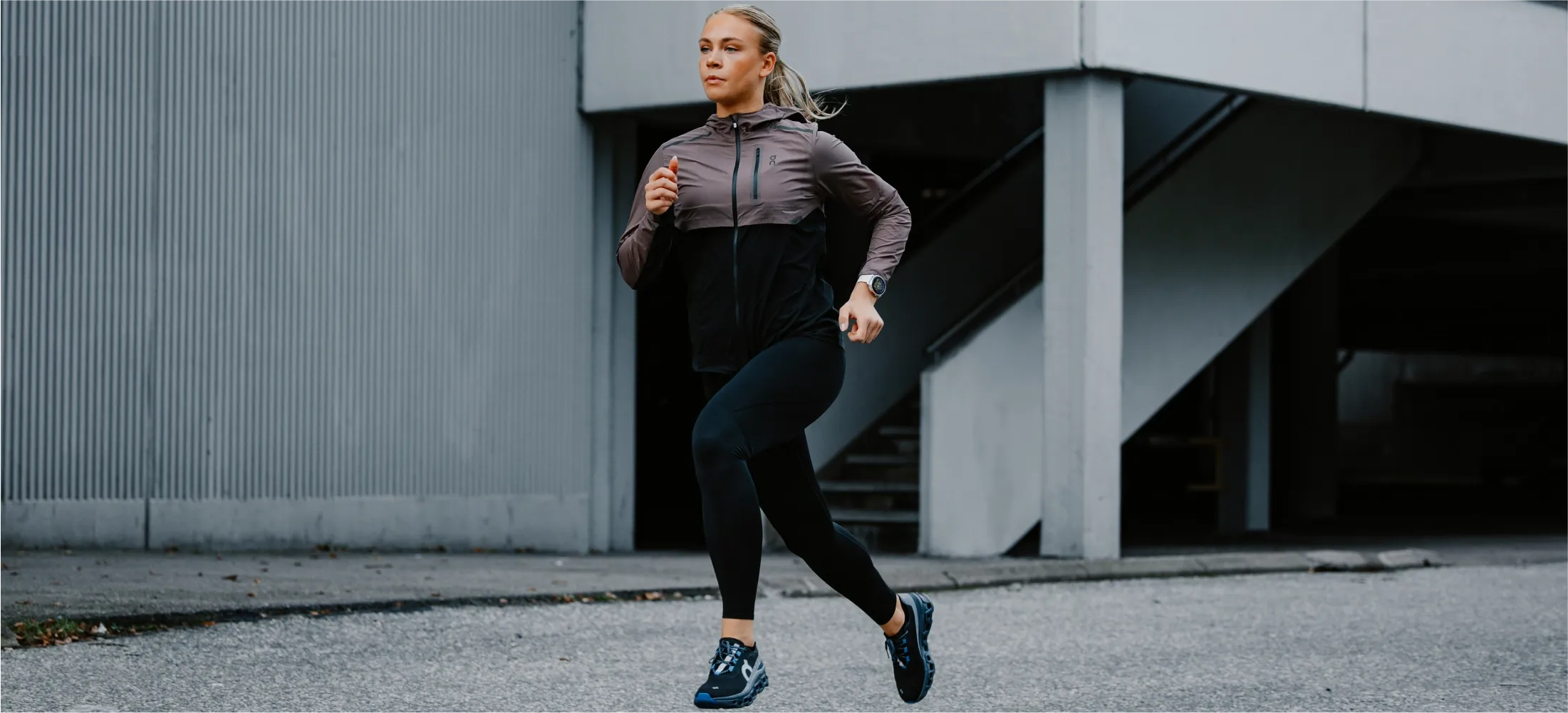
Gender-specific differences
To delve deeper into these gender-specific differences, researchers at the Federal University of São Paulo recently conducted a study looking at how VO2max declines with age in women. They recruited a group of 85 runners and 62 sedentary women ranging in age from 20 to 70. Participants were further categorized into younger (under 50) and older (over 50) groups. The researchers employed a progressive treadmill test to exhaustion to assess VO2max, a bone density test to measure body composition and collected detailed information about participants' training regimens and overall health.
Previous studies on men suggested that age-related decreases primarily affected the heart and circulatory system (central factors), while muscle's ability to use oxygen (peripheral factors) remained relatively stable. However, this specific study on women found that both central and peripheral factors declined at similar rates. This unexpected finding raises questions about the mechanisms behind VO2max reduction in women.
One potential explanation again relates to the differences in body composition. Intramuscular adipose tissue, or the fat within muscle fibers, tends to be higher in women and increases with age, so it could play a role here. If confirmed, these findings suggest that the strategies to maintain or improve VO2max as women age may differ from those for men. While more research is needed, this study highlights the importance of considering gender-specific factors when examining exercise physiology and performance.
Enjoying this article? Subscribe to Polar Journal and get notified when a new Polar Journal issue is out.
Subscribe
How to measure your VO2max
Your VO2max is typically measured through direct or indirect methods. Direct methods involve analyzing your breathing (specifically, expired air) in a laboratory setting, while indirect methods rely on heart rate and exercise intensity data.
While lab-based measurements will obviously provide the most accurate results, your Polar sports watch has a number of tests that can easily provide your with an estimated result based on your data:
- Fitness Test (Difficulty: Easy)- Just lie down, relax, and see your VO2max. It’s a quick and comfortable way to check your fitness level for those who are starting their fitness level.
- Walking Test (Difficulty: Normal) - Walk briskly for 15 minutes and see your aerobic fitness level (VO2max). This test is recommended for active people that are interested in tracking their fitness level but are not ready to take Running performance test.
- Cycling Performance Test (Difficulty: Hard) - Helps you keep track of how your performance is developing and find out your unique training zones for cycling sports. Less experienced cyclists can take a shorter version of this test.
- Running Performance Test (Difficulty: Advanced) - Frequent and experienced runners can use this test to go all out and find out their VO2max, maximum heart rate, and heart rate training zones.
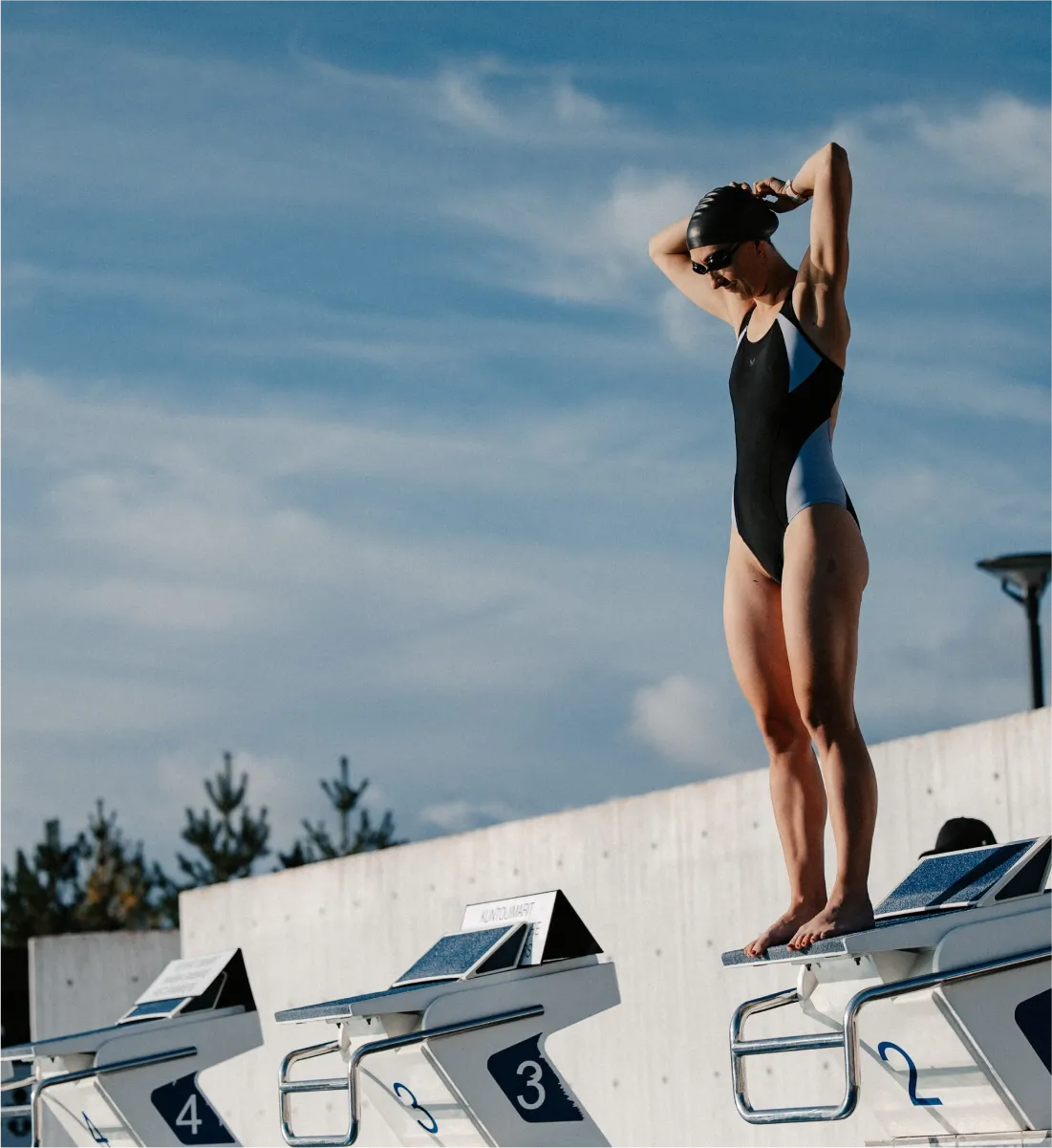
Discover Polar Journal
Polar Journal is a space for stories that inspire movement. Each edition blends practical training tips, sports science, and inspiring journeys from athletes and those who live and breathe an active life.
Read Polar Journal
Average VO2max levels for women
Understanding your VO2max is a valuable tool for tracking fitness progress and setting achievable goals. However, it’s essential to recognize that average VO2max values can vary significantly based on factors such as age, body composition, and training status.
To provide a clearer picture of typical VO2max ranges for women, we’ve included a graph below. Keep in mind that these are general estimates, and individual results may deviate.
| Age / Years | Very low | Low | Fair | Moderate | Good | Very Good | Elite |
|---|
| 20-24 | < 27 | 27-31 | 32-36 | 37-41 | 42-46 | 47-51 | > 51 |
|---|
| 25-29 | < 26 | 26-30 | 31-35 | 36-40 | 41-44 | 45-49 | > 49 |
|---|
| 30-34 | < 25 | 25-29 | 30-33 | 34-37 | 38-42 | 43-46 | > 46 |
|---|
| 35-39 | < 24 | 24-27 | 28-31 | 32-35 | 36-40 | 41-44 | > 44 |
|---|
| 40-44 | < 22 | 22-25 | 26-29 | 30-33 | 34-37 | 38-41 | > 41 |
|---|
| 45-49 | < 21 | 21-23 | 24-27 | 28-31 | 32-35 | 36-38 | > 38 |
|---|
| 50-54 | < 19 | 19-22 | 23-25 | 26-29 | 30-32 | 33-36 | > 36 |
|---|
| 55-59 | < 18 | 18-20 | 21-23 | 24-27 | 28-30 | 31-33 | > 33 |
|---|
| 60-65 | < 16 | 16-18 | 19-21 | 22-24 | 25-27 | 28-30 | > 30 |
|---|
The classification is based on a literature review of 62 studies where VO2max was measured directly in healthy adult subjects in the USA, Canada and 7 European countries. Reference: Shvartz E, Reibold RC. Aerobic fitness norms for males and females aged 6 to 75 years: a review. Aviat Space Environ Med; 61:3-11, 1990.
Remember, while VO2max is a helpful metric, it’s just one piece of the fitness puzzle. Incorporating a variety of exercises, maintaining a balanced diet, and prioritizing adequate rest are essential for overall well-being.
undefined
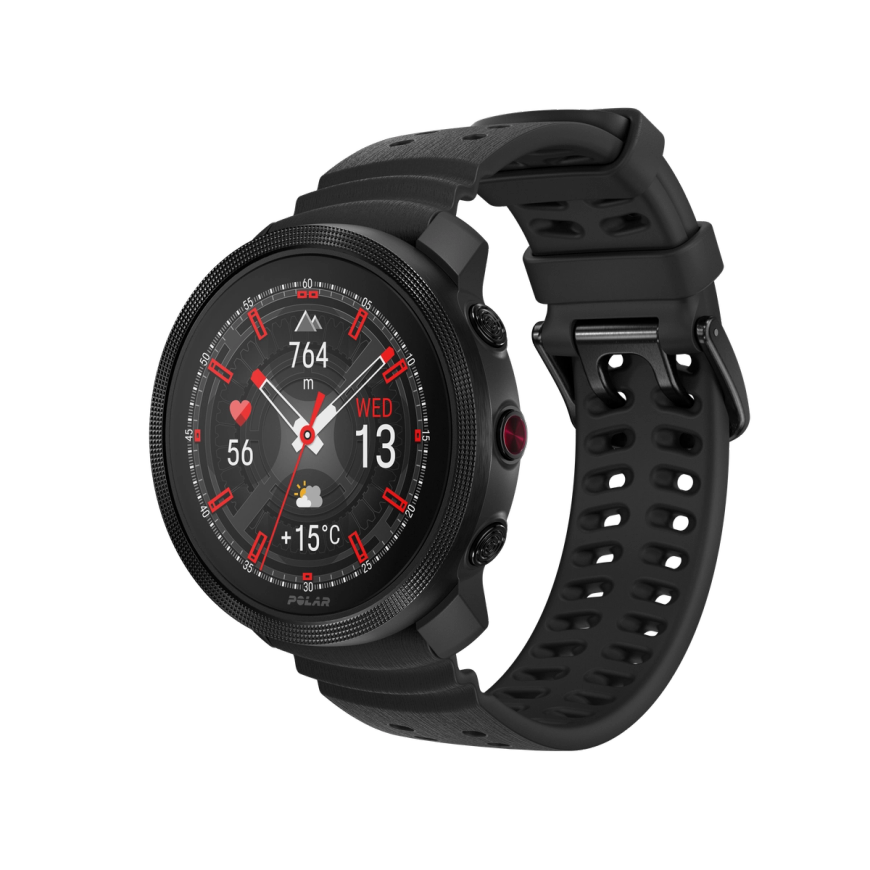
Polar Vantage M3
Smart Multi-Sport Watch
Polar Vantage M3 is a smart multi-sport watch for multi-sport athletes that’s compact yet powerful, stylish yet strong, and designed to bring extraordinary training, sleep and recovery tools into everyday life.
 Polar Vantage M3
Polar Vantage M3
 Polar Grit X2 Pro Titan
Polar Grit X2 Pro Titan
 Polar Grit X2 Pro
Polar Grit X2 Pro
 Polar Grit X2
New
Polar Grit X2
New
 Polar Vantage V3
Polar Vantage V3
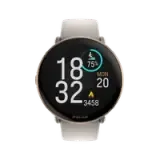 Polar Ignite 3
Polar Ignite 3
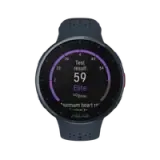 Polar Pacer Pro
Polar Pacer Pro
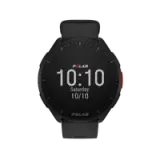 Polar Pacer
Polar Pacer
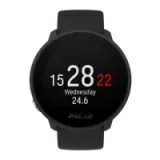 Polar Unite
Grit X Series
Vantage Series
Pacer Series
Ignite Series
Polar Unite
Grit X Series
Vantage Series
Pacer Series
Ignite Series
